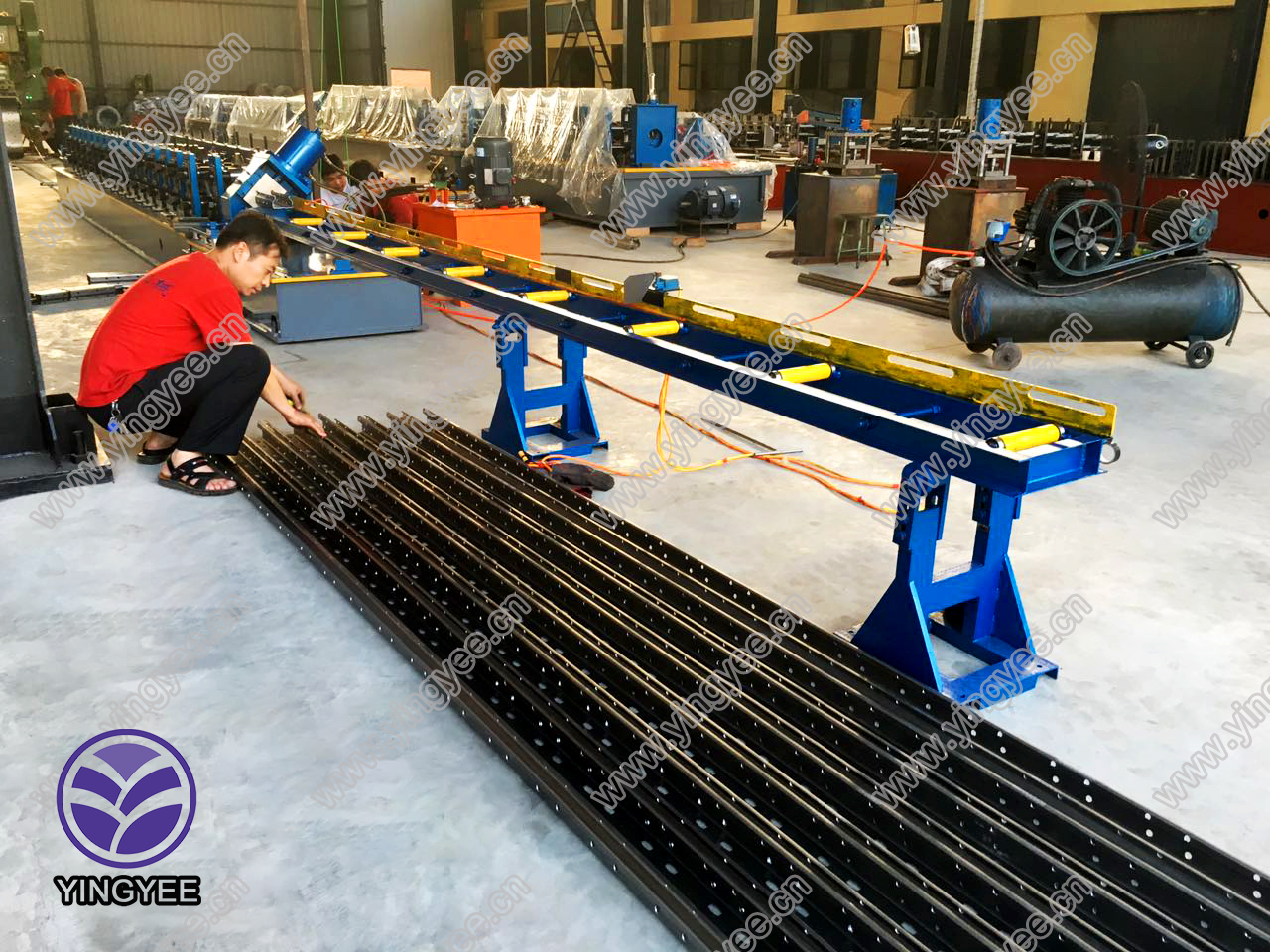
Suitable Three-Axis Thread Rolling Machine for Hollow Steel Pipes
Thread rolling is a crucial manufacturing process that enhances the mechanical properties of threads while ensuring precision and uniformity. Among various forms of manufacturing processes, three-axis thread rolling machines have gained prominence for their efficiency and capability to process hollow steel pipes. This article delves into the functionality, advantages, and applications of suitable three-axis thread rolling machines specifically designed for hollow steel pipes.
Understanding Three-Axis Thread Rolling Machines
Three-axis thread rolling machines operate by transforming flat steel bars into threaded forms using high pressure and precision. The process utilizes three axes of motion—one for the rolling tool and two for the workpiece—allowing for complex and intricate thread profiles. This capability is particularly beneficial in manufacturing hollow steel pipes, which require threaded ends for various applications, including fittings and coupling systems.
Unlike traditional thread cutting, thread rolling compresses the material to form threads, which results in a denser and stronger surface. This method not only improves the mechanical properties of the threads but also significantly reduces material waste, providing an environmentally friendly alternative to cutting processes.
Advantages of Three-Axis Thread Rolling Machines
1. Enhanced Strength The rolling process aligns the grain structure of the material, allowing for the creation of stronger threads. This is crucial for hollow steel pipes, which are often used in high-pressure applications such as oil and gas pipelines.
2. Improved Surface Finish Thread rolling produces a smoother surface compared to conventional cutting methods. This quality is essential for ensuring better sealing when connecting pipes, thus preventing leaks and enhancing the overall system reliability.
3. Increased Production Speed Three-axis thread rolling machines can operate at higher speeds than traditional thread cutting equipment, significantly increasing production rates. This efficiency is vital in industries where time is a critical factor.

4. Reduced Material Waste Since the process involves deformation rather than removal of material, thread rolling minimizes waste. This attribute not only reduces costs but also aligns with sustainable manufacturing practices.
5. Versatility These machines can be adapted to produce various thread profiles, making them suitable for different sizes and types of hollow steel pipes. This versatility allows manufacturers to meet diverse market demands.
Applications in Industries
Three-axis thread rolling machines are extensively utilized in industries where hollow steel pipes are integral components. The oil and gas industry, for example, relies heavily on these pipes for transporting crude oil and natural gas. The threaded ends of these pipes must withstand extreme pressure and harsh environments, hence necessitating robust manufacturing processes like thread rolling.
In the construction sector, hollow steel pipes are often used in scaffolding and structural applications. The threaded connections enhance the structural integrity and load-bearing capabilities, making them vital for the safety and stability of constructions.
Moreover, industries such as automotive and aerospace also benefit from threaded hollow pipes for various components that require precision engineering and superior strength.
Conclusion
The suitable three-axis thread rolling machine is an essential tool in the manufacturing landscape, particularly for producing threaded hollow steel pipes. With its ability to enhance strength, improve surface finish, and reduce material waste, this technology stands out as a pivotal process in modern manufacturing. As industries continue to evolve and demand higher quality products, the relevance of advanced machinery like the three-axis thread rolling machine will undoubtedly become more pronounced, ensuring the production of reliable and high-performance components across various applications. Embracing this technology can lead to significant advancements in efficiency and product quality, paving the way for innovation in pipe manufacturing and beyond.